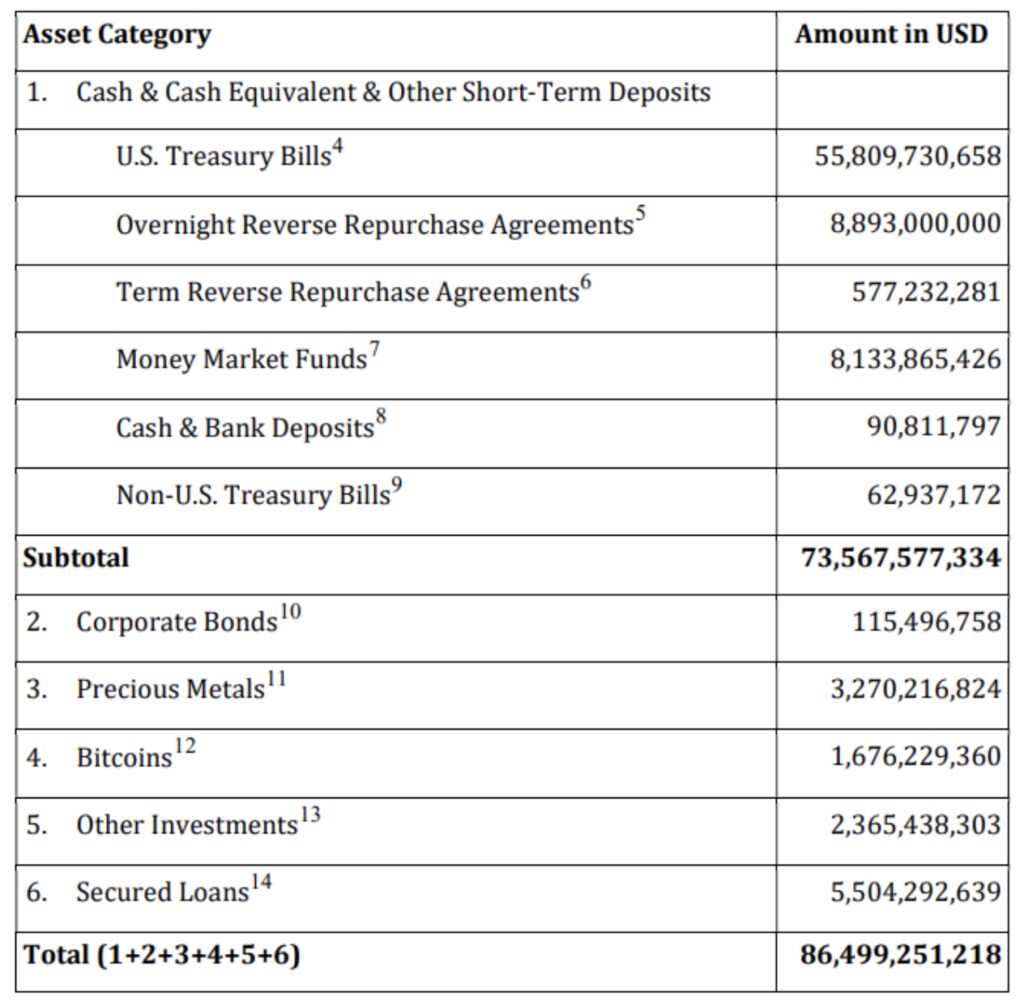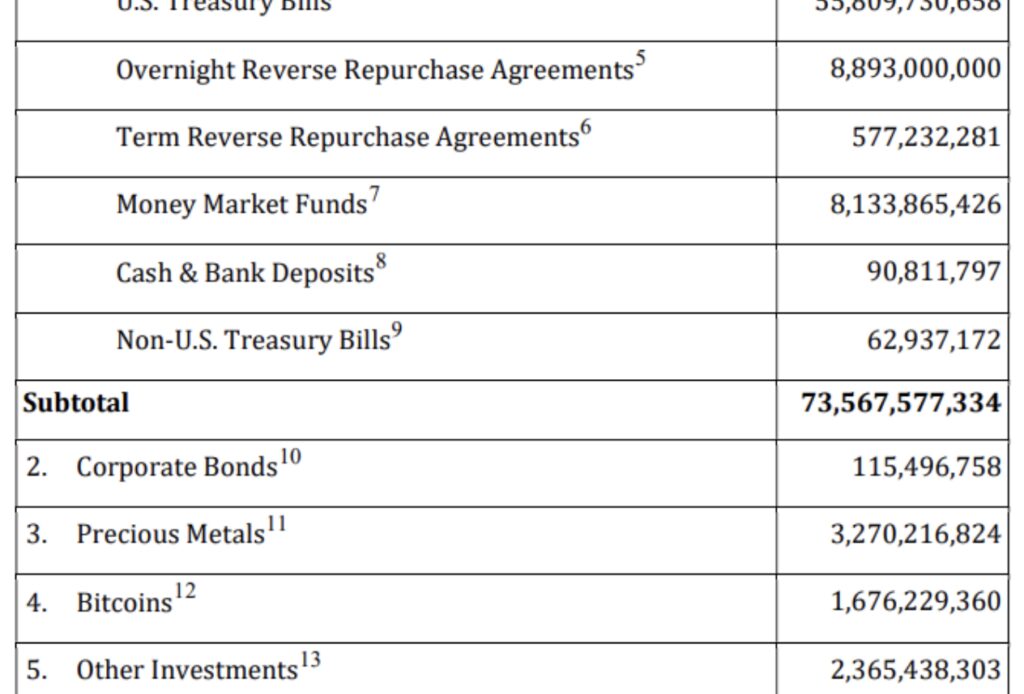Tether, the issuer of the world’s largest stablecoin, USDT, is breaking all records in 2023. In its Q1 assurance report, Tether gained an all-time high reserve surplus of $2.44 billion, and a net profit of $1.48 billion
This raised many eyebrows because the world’s largest asset manager, BlackRock, had only $1.2 billion net income in the same period.
Not only does dollar tokenization pay off but it pays off drastically. This is evidenced by profit efficiency per employee, as BlackRock’s profits are secured by 16,500 – 19,800 personnel vs. Tether’s modest 60 – 155 employee count.
Tether’s latest Q2 assurance report from its accounting firm BDO tells the same story. Its stablecoin reserves increased by $850 million, reaching $3.3 billion. Taken at face value, these reports show that Tether cracked the money-making formula while providing critical USDT stability in extreme market conditions.
How? Tether seemingly discovered a money printer in US treasuries. But is there a risk in Tether’s evolving business model? One that could topple the entire crypto market given Tether’s enormous $83.7 billion market cap weight?
Let’s explore.
Tether: Combining Saylor’s Strategy While Leveraging US Debt
Both Q1 and Q2 reports show Tether’s increased reliance on US treasuries. The latest Q2 attestation accounted for Tether Holdings Limited owning at least $86.5 billion in consolidated assets.
Out of that, $83.2 billion is in liabilities, revolving around Tether’s core product – USDT – stablecoin issuance pegged to the USD and backed by cash and cash equivalents. USDT is mostly backed by US government debt, as 64.5% of Tether’s total assets are in US Treasury Bills, at $55.8 billion.

Tether’s entire gambit focuses on higher liquidity of short-term assets. This comes as no surprise, as it’s the crux of most day-trading strategies and is even openly taught by the leading courses for day trading.
As short-dated US debt, typically yielding above 5% after the Fed’s latest hiking cycle, Tether generates profits by simply accruing that one-month Treasury interest. Likewise, Tether effectively loans money over a short period for the same yield-generating reason.
More precisely, it does this via overnight reverse repurchase agreements (ON RRPs) at $8.89 billion and money market funds at $8.1 billion. Through these short-term investment vehicles, Tether eliminated
Click Here to Read the Full Original Article at Stablecoins News | CryptoSlate…
























